Cannabinoid THC Dominant
THC 16.6 - 19%
CBD 0.46 - 0.83%
Effect Sleepy
Side Effect Thirst and dry mouth
Flavor Sweet
Aurora Borealis Strain
THC
CBD
Potency
The Flying Dutchman Seed Company crossed the legendary Northern Lights and Skunk #1. Aurora Borealis is an Indica-dominant strain that turned out to be no worse than its parent strains. Its THC ranges from 16% to 19%, and CBD from 0.46% to 0.83%. These cannabinoids are suitable for veteran smokers and beginners if they choose a small dose.
it is the mix of these terpenes:
- Valencene
- Pinene
- Myrcene
Strain Main Flavors
The first thing smokers feel is the old school skunk and earthy odors due to valencene and pinene, respectively. But the taste surprises with its sweetness, valencene at the same time gives Aurora Borealis weed strain honey notes, and myrcene adds a sweet aftertaste.
Aurora Borealis Strain Main Effects
Aurora Borealis cannabis is excellent for smoking in the evening. This weed offers a great body high and sedating effects. This cannabis can relax smokers after a hard day, stabilize their mood and make them want to sleep.
Strain Common Usage
This marijuana can be used to help treat conditions such as:
- Insomnia
- Lack of appetite
- Stress
- Arthritis
- PMS
- Inflammation
- Bipolar disorder
- ADHD / ADD
- Glaucoma
Strain Common Side Effects
This kush can cause typical side effects like:
- Thirst and dry mouth
- Dry eyes
- Drowsiness
- Concern
Info for Growers
According to growers, the cannabis plant is easy to grow even though it is a photoperiod plant. Its buds are densely covered with green nugs with fine amber hairs.
Aurora Borealis strain makes growers very happy with its prolific crop. With an average height of 30-60 inches, it produces approximately 400 g / m² when grown indoors. If the grower has planted seeds outdoors, they may receive 550 g / plant.
It takes the Aurora Borealis plant 50-59 days to flower. The best time to harvest is around day 65.
Side Effects
Simply let us know how this strain tastes or write a detailed review.
Aurora Borealis Strain Cannabinoids
| THC | Tetrahydrocannabinol, or THC, is a major cannabis chemical compound. It is a psychoactive element that stimulates dopamine release and induces euphoria or happiness. THC-rich strains may be helpful with such conditions as lack of appetite, chronic pains , etc. It is considered to be the primary active marijuana component. | 16.6 - 19% |
| CBD | Cannabidiol, or CBD, is a major compound in cannabis, which is non-psychoactive. It is also proved to counteract the side effects of the second major component THC. CBD is widely used for medicinal purposes in rubs, oils and so on. It is helpful in muscle pain cases, may treat arthritis and migraines. Even Greeks used it against pain, while Queen Victoria applied it to get rid of menstrual cramps. | 0.46 - 0.83% |
| CBC | Cannabichromene, or CBC, is a minor cannabinoid, meaning that its quantity in cannabis is quite little. Though it has the same origin as CBD and THC, it is different in functions. Without any psychoactive effects, it is an efficient cannabis compound in combating acne and depression. CBC produces analgesic, antibacterial and anti-inflammatory effects. | 0.27 - 0.52% |
| CBG | Cannabigerol, or CBG, is one of the minor cannabis compounds in adult plants. On the other hand, young ones contain a lot of this antibacterial and anti-inflammatory component. During the growth, CBG is converted into different cannabinoids, mostly THC and CBD. The compound itself increases appetite and decreases eye pressure. | 0.2 - 0.64% |
| CBN | Cannabinol, or CBN, is a trace element in cannabis that is considered to be mildly psychoactive. It appears from oxidation THC, exposed to light and heat. CBN is mostly contained in old cannabis and in traditional hashish. It is effective against insomnia, bacterial infections and appetite loss. | 0.13 - 0.3% |
| THCV | Tetrahydrocannabivarin, or THC-V, is a compound contained in cannabis in trace amounts. Even though it is close to THC molecularly, it is different in effects. This compound may be psychoactive only in large amounts. THC-V reduces blood sugar, controls appetite, stimulates bone growth, etc. African Sativa strains are the richest in THC-V. | 0.15 - 0.46% |
Aurora Borealis Terpene Profile
| Pinene | Pinene is one of the most widespread terpenes in nature, found in pine trees, basil, nutmeg, parsley, and rosemary. Cannabis containing terpene (alpha-pinene or α-pinene) boasts a strong pine scent. Pinene is responsible for anti-inflammatory, pain-relieving, and anti-anxiety effects. | 0.13% |
| Myrcene | Myrcene (also known as β-myrcene) is one of the most common terpenes found in cannabis, representing more than 20% of the modern marijuana terpene profile. Myrcene has a distinct earthy, musky flavor, resembling cloves. It is responsible for calming and soothing effects of weed. Myrcene is also found in hops, thyme, mango, lemongrass, guava melon. | 0.35% |
| Ocimene | Ocimene (derived from the Ancient Greek word Ocimum meaning basil) is a terpene with sweet and herbaceous flavors, also boasting citrusy and woody undertones. Naturally, ocimene occurs in mint, parsley, orchids, hops, kumquats, mangoes, basil, bergamot, lavender, and pepper. Offers antifungal, anti-inflammatory, and antiviral properties. | 0.02% |
| Humulene | Humulene (also known as α-humulene) is one of the major terpenes found in cannabis, contributing to woody, earthy, spicy, herbaceous, and, mainly, floral aromas of cannabis. Used in modern medicine, humulene offers anti-inflammatory, antibacterial, and appetite suppressant effects, which have been well-researched by pharmaceutical companies. | 0.06% |
| Limonene | Limonene (also known as d-limonene) is the second most common terpene in nature and the third most common terpene in cannabis. It has a powerful citrus aroma and can be found in all citruses, including lemons, oranges, grapefruits, limes, juniper, etc. Limonene is known to elevate moods and provide anxiety, depression, and stress relief. | 0.09% |
| Linalool | Linalool (also known as beta linalool, linalyl alcohol, linaloyl oxide, and p-linalool) is one of the rarest terpenes found in cannabis, mostly in small quantities. Linalool is known for its spicy and lavender aroma, bringing relaxation and calming effects. It is also said to provide anti-inflammatory and analgesic properties that can be useful for athletes. | 0.07% |
| Valencene | Valencene is a terpene that got its name from Valencia oranges - a fruit where It's initially found. Valencene offers citrusy, sweet aromas, with flavors having notes of oranges, grapefruits, tangerines, and, occasionally, fresh herbs or freshly cut wood. Citrus aromas, frequently found in a wide variety of cannabis strains, are contributed to by valencene, which is known for anti-inflammatory and insect repelling properties. | 0.19% |
| Caryophyllene | Caryophyllene (also known as beta or b caryophyllene) is a terpene found in many herbs and spices, such as black pepper, basil, rosemary, and oregano. Cannabis high in caryophyllene delivers a strong spicy, peppery aroma, resembling cinnamon and cloves. Caryophyllene offers potent anti-inflammatory and sedative effects. | 0.09% |
| Total terpenes content | 1.00% |
Growing Info
Aurora Borealis strain lineage
Similar Strains
THC 20 - 21.5%
CBD 0.75 - 1.12%
Effect Euphoric
Flavor Grape
THC 21 - 22.67%
CBD 0.68 - 1.02%
Effect Euphoric
Flavor Spicyherbal
THC 17 - 18%
CBD 0.32 - 0.87%
Effect Tingly
Flavor Flowery
THC 15 - 20%
CBD 0.27 - 1.2%
Effect Relaxed
Flavor Blueberry

THC 17 - 20%
CBD 0.32 - 1.59%
Effect Aroused
Flavor Apple
THC 20.65 - 22.15%
CBD 2.28 - 2.68%
Effect Relaxed
Flavor Lemon
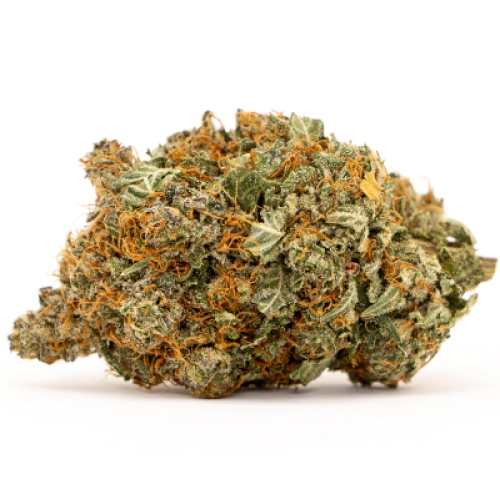
THC 20 - 21.5%
CBD 0.5 - 0.81%
Effect Relaxed
Flavor Lemon
THC 19 - 21.4%
CBD 0.56 - 0.84%
Effect Relaxed
Flavor Sweet
THC 23.5 - 25.5%
CBD 0.49 - 0.82%
Effect Happy
Flavor Sweet
THC 15.4 - 17%
CBD 0.29 - 0.54%
Effect Happy
Flavor Berry
THC 21 - 22.33%
CBD 0.61 - 1.12%
Effect Happy
Flavor Spicyherbal
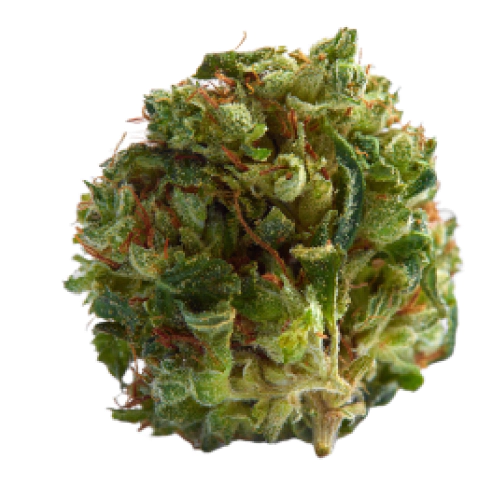
THC 16.83 - 18.67%
CBD 0.49 - 0.73%
Effect Sleepy
Flavor Spicyherbal
THC 21.67 - 24%
CBD 0.64 - 0.94%
Effect Tingly
Flavor Lemon
THC 22 - 23.75%
CBD 0.49 - 0.77%
Effect Sleepy
Flavor Sweet
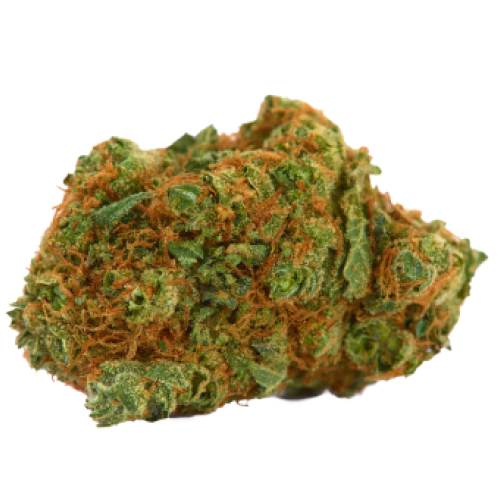
THC 12 - 16%
CBD 0.85 - 1.16%
Effect Happy
Flavor Woody
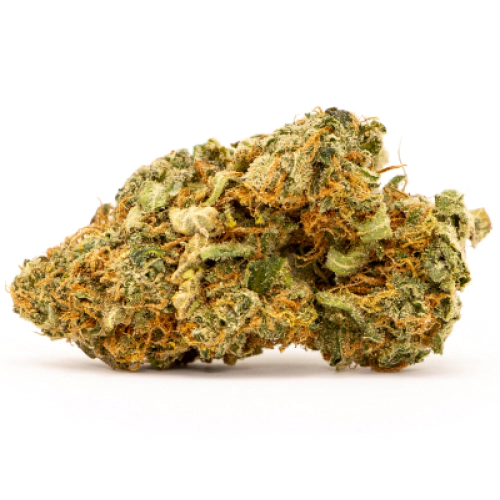
THC 18 - 21%
CBD 0.08 - 0.42%
Effect Giggly
Flavor Cheese
THC 15 - 17%
CBD 0.48 - 0.64%
Effect Hungry
Flavor Lavender
THC 16.4 - 18.8%
CBD 0.36 - 0.78%
Effect Sleepy
Flavor Berry
THC 11.41 - 16.4%
CBD 0.02 - 0.29%
Effect Calm
Flavor Lemon
THC 13.97 - 17.36%
CBD 0.23 - 1.04%
Effect Giggly
Flavor Tea
THC 15 - 16%
CBD 0.51 - 0.65%
Effect Euphoric
Flavor Honey
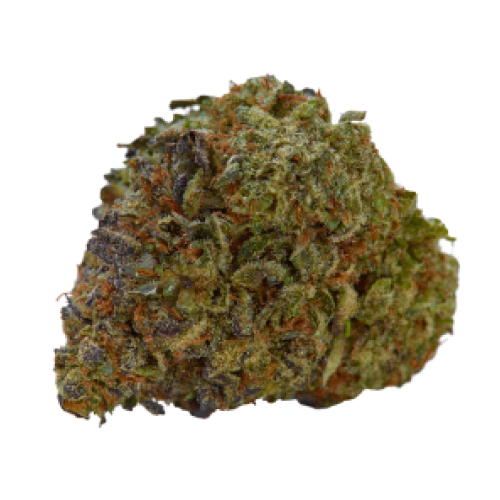

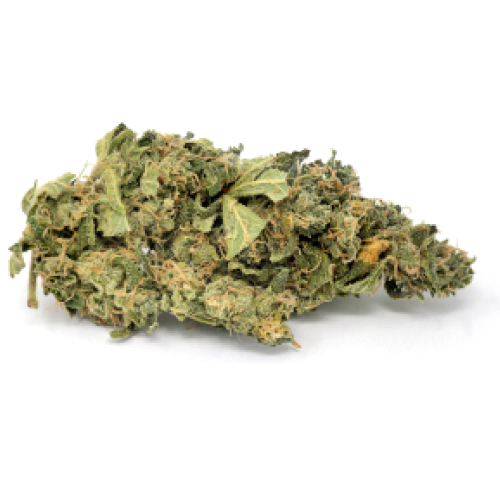

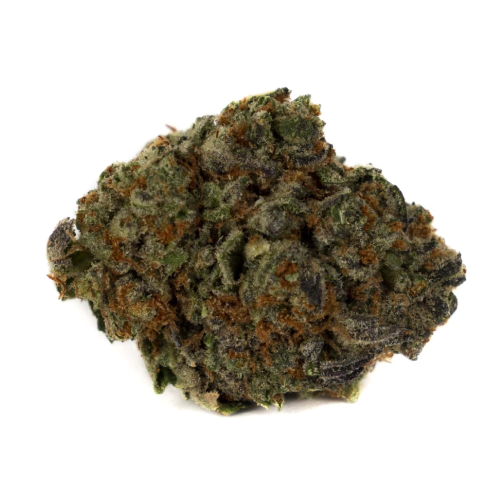






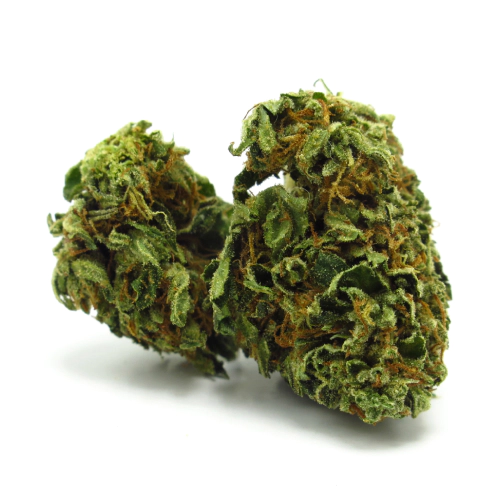
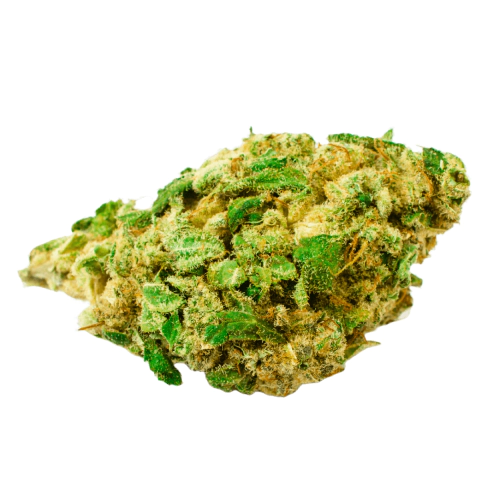
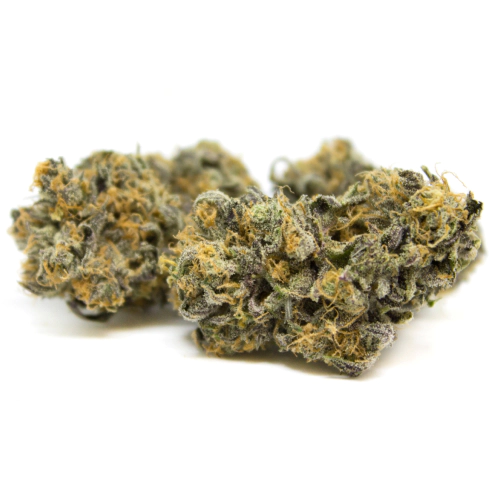
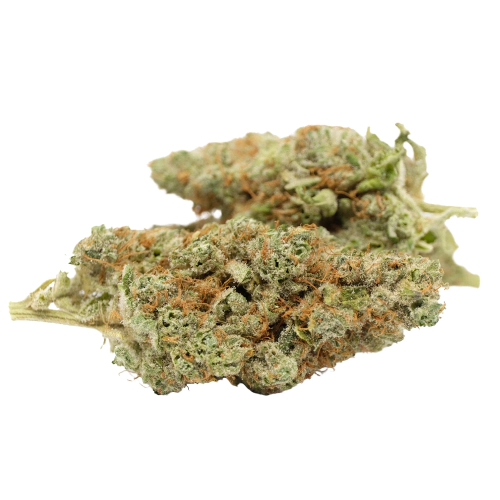
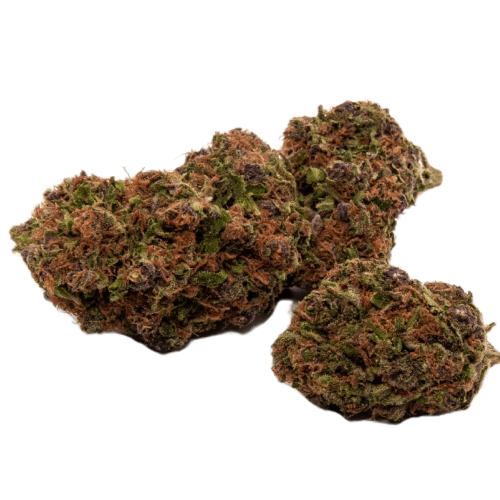
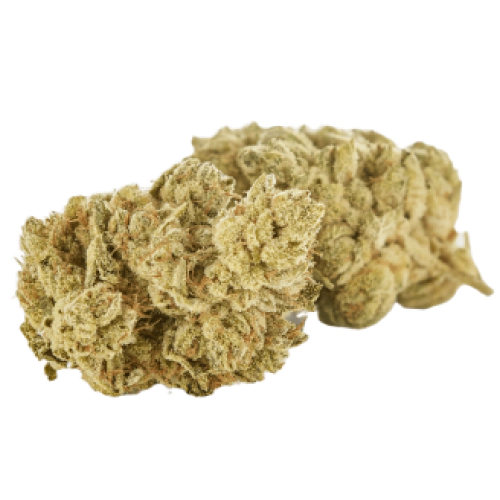
Be the first and share your opinion
Write a Review